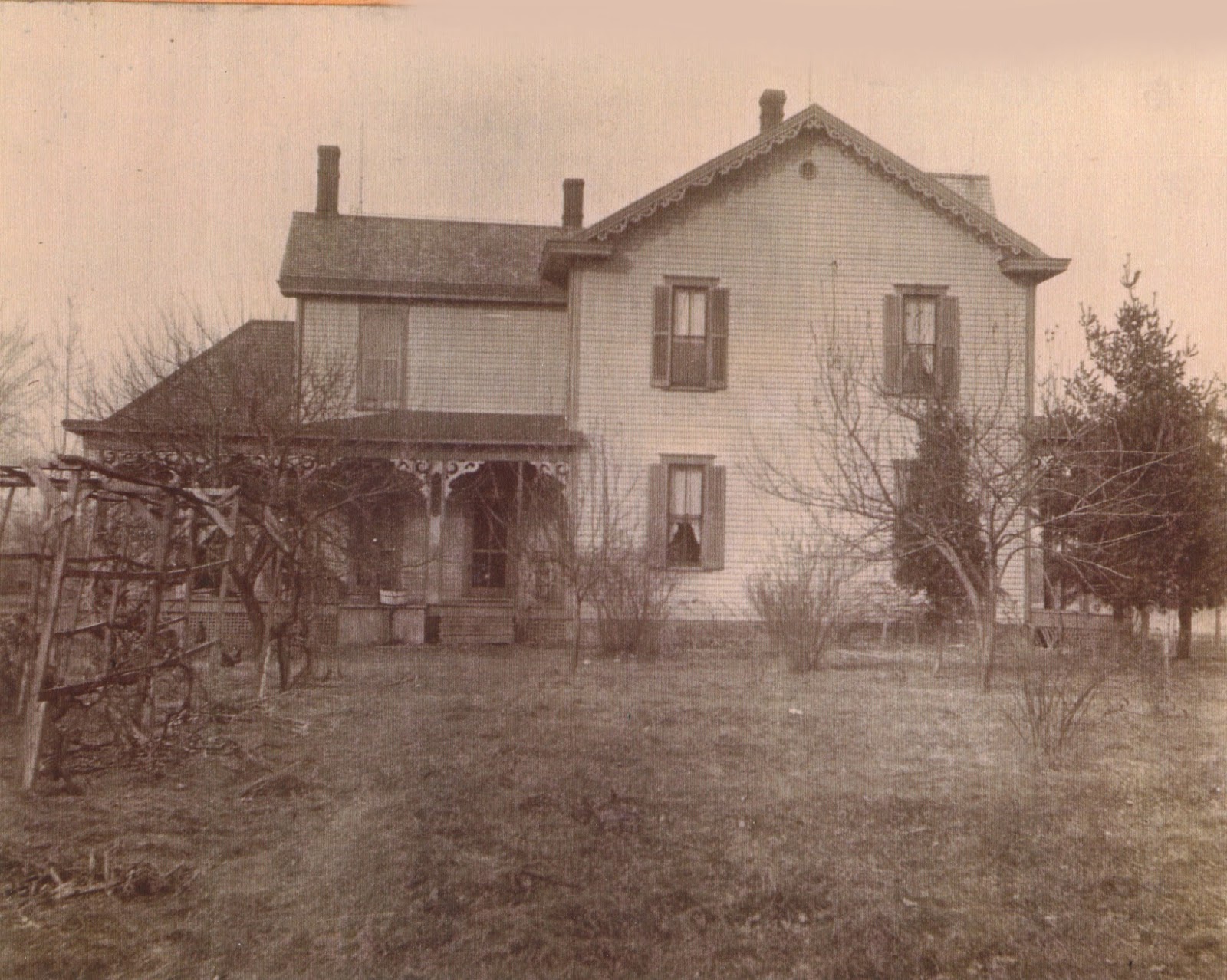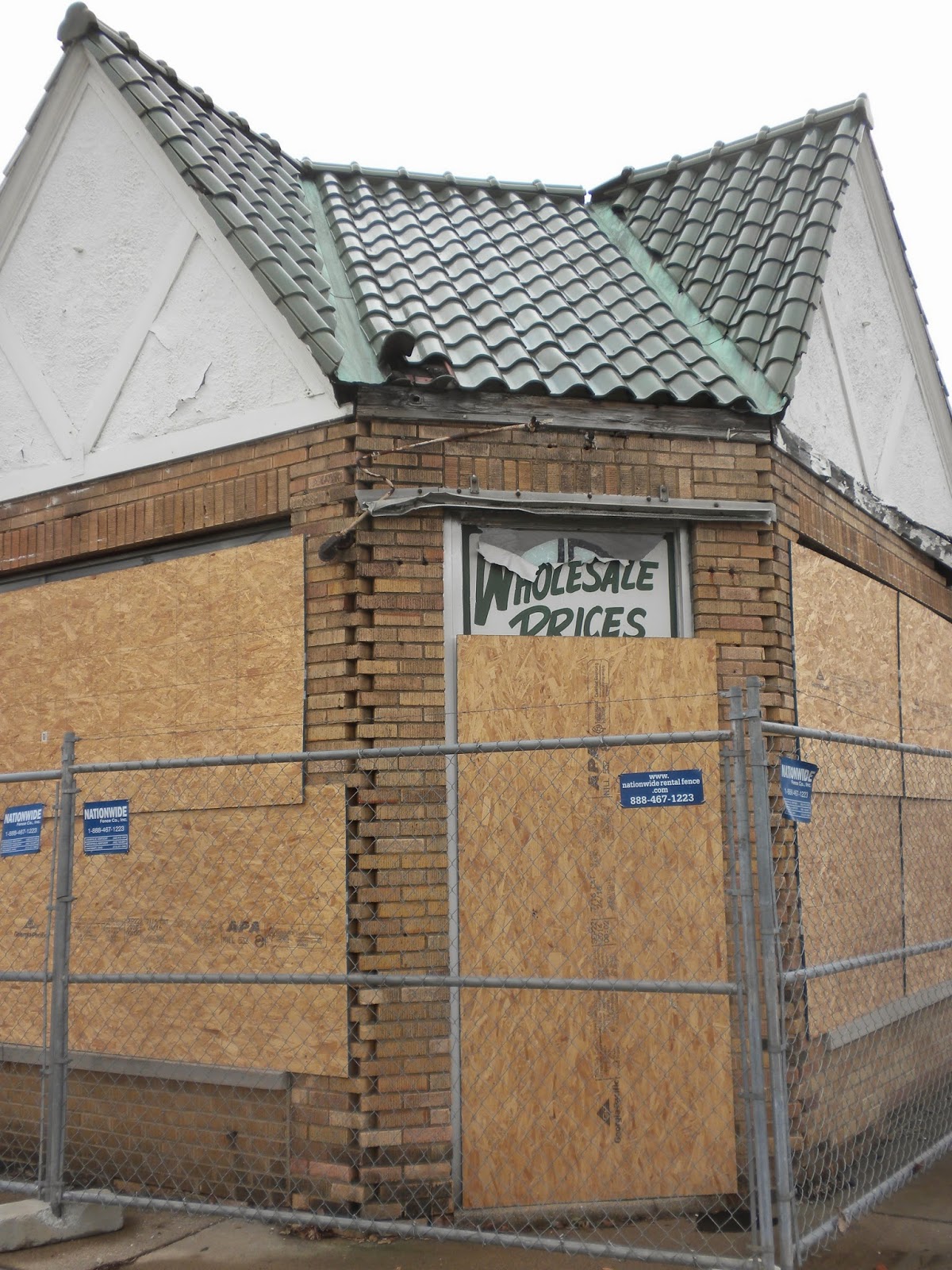Eighteen-year-old visitor, Allen Fechtig, stepped outside of the Koten family home at 750 North Bolton Avenue on a warm summer day on June 20, 1953. He looked up into the sky after hearing a loud noise and noticed that a small plane seemed to be flying just above the chimney tops in northern Irvington. Other folks in the neighborhood began to peer out their windows and stepped onto their front porches. The teen never took his eyes off the plane and what he saw next sent him into action.
Up in the sky, Charles and Robert Woods, both brothers, were in a state of panic. Their small plane was not cooperating. Twenty-nine-year-old Charles Woods had only possessed the airplane, a Swift, for two weeks. Both brothers loved auto racing and they decided to fly to Springfield, Illinois to see an event hosted by the American Automobile Association. They also planned to visit family there. Charles had only recently recovered from a fall from a job at Central State Hospital. He was avid about flying despite the fact that he had lost an eye as a child from an infection. His thirty-two-year-old brother, Robert, had vowed never to get on an airplane again as he had been shot down during World War II in Europe and had been taken as a prisoner of war. He likely could not imagine his misfortune to be in yet another plane that appeared to be crashing.
On the ground, the young Allen Fechtig could tell that the plane was in trouble as it began to spin and then dive towards the neighborhood. He began to run towards the airplane as it crashed into the roof of a house at 354 North Bolton Avenue. He wasted no time getting to the dwelling and would be the first person to arrive on the scene of the disaster.
Neighbors in the 300 block of North Bolton Avenue scrambled out of their houses and looked on in disbelief at the site of an airplane sticking straight out of the Rennard home. Charles and Martha Rennard had only owned the lovely two-story brick house at 354 North Bolton Avenue for one year. Mr. Rennard had earned a comfortable living as the manager of the East Side Realty Company. The couple had four children. Although some neighbors were horrified at the thought that the Rennards could have been in the house, most knew that the family had just left town to relax at Lake James in northern Indiana. The Rennards had no idea that their house was the scene of an intense drama that was now beginning to unfold.
While neighbors looked on in disbelief, Allen Fechtig somehow reached the attic of the house by scaling the walls of the two-story home where he found the Woods brothers entangled in a mess of metal from the plane and wooden rafters from the house. The teen reached Charles Woods first who was alive although badly injured. He then saw the former prisoner of war, Robert, who was also alive but trapped under a large joist. Allen Fechtig worked desperately to try to free the brothers, but it was too much for one person. He comforted the men until help arrived.
Thankfully, someone along Bolton Avenue called the Irvington Fire Department. Robert McDonnell along with firemen on duty that day, received the call and within minutes rushed to the scene. Other firemen, police, and medical personnel arrived onto the chaotic street as news spread. Emergency officials struggled to make it down Bolton Avenue due to the number of bystanders who had shown up to see the plane sticking out of the house. Only Allen Fechtig had made any attempt to help the brothers trapped inside the wreckage.
Firemen made it into the home and noticed that jet fuel was leaking out of the plane and into a child's bedroom on the second floor. They worried about fire. For thirty minutes, they raced to get the Woods brothers free of the wreckage and treated them on the scene. While the wings had been sheared off, the tip of the plane had gone through the attic floor and into a bathroom closet. The heat inside the attic became too much for some of the rescue workers and one policeman, William Snedaker, had to be transported to the hospital due to heat exhaustion.
Paramedics rushed the brothers to the hospital and saved their lives. The Rennards returned from Lake James to find their home heavily damaged although reparable. Life eventually returned to normal along the once quiet street and over the decades most had forgotten about the frightening moment. No exterior evidence of a plane crash remains in 2014 as workers removed the wreckage and rebuilt the roof and attic at 354 North Bolton Avenue.
 |
| Emergency personnel work to save the life of Charles Woods upon the roof of 354 North Bolton Avenue. Irvington fireman, Robert McDonnell, can be seen giving medical aid. (June 20, 1953) |
 |
| Scene of chaos no longer: 354 North Bolton Avenue in 2014 |
 |
| Vintage Swift Airplane (courtesy of FitzVideo) |
The historic image is courtesy of Terry Wilgus, whose father Robert McDonnell can be seen on the roof in the photo. Information for this story is courtesy of Steve Barnett, Larry Muncie, and Chris Capehart. For further information:
Carolyn Pickering, "Two Brothers in Crash on East Side," Indianapolis Star, June 21, 1953, 1.









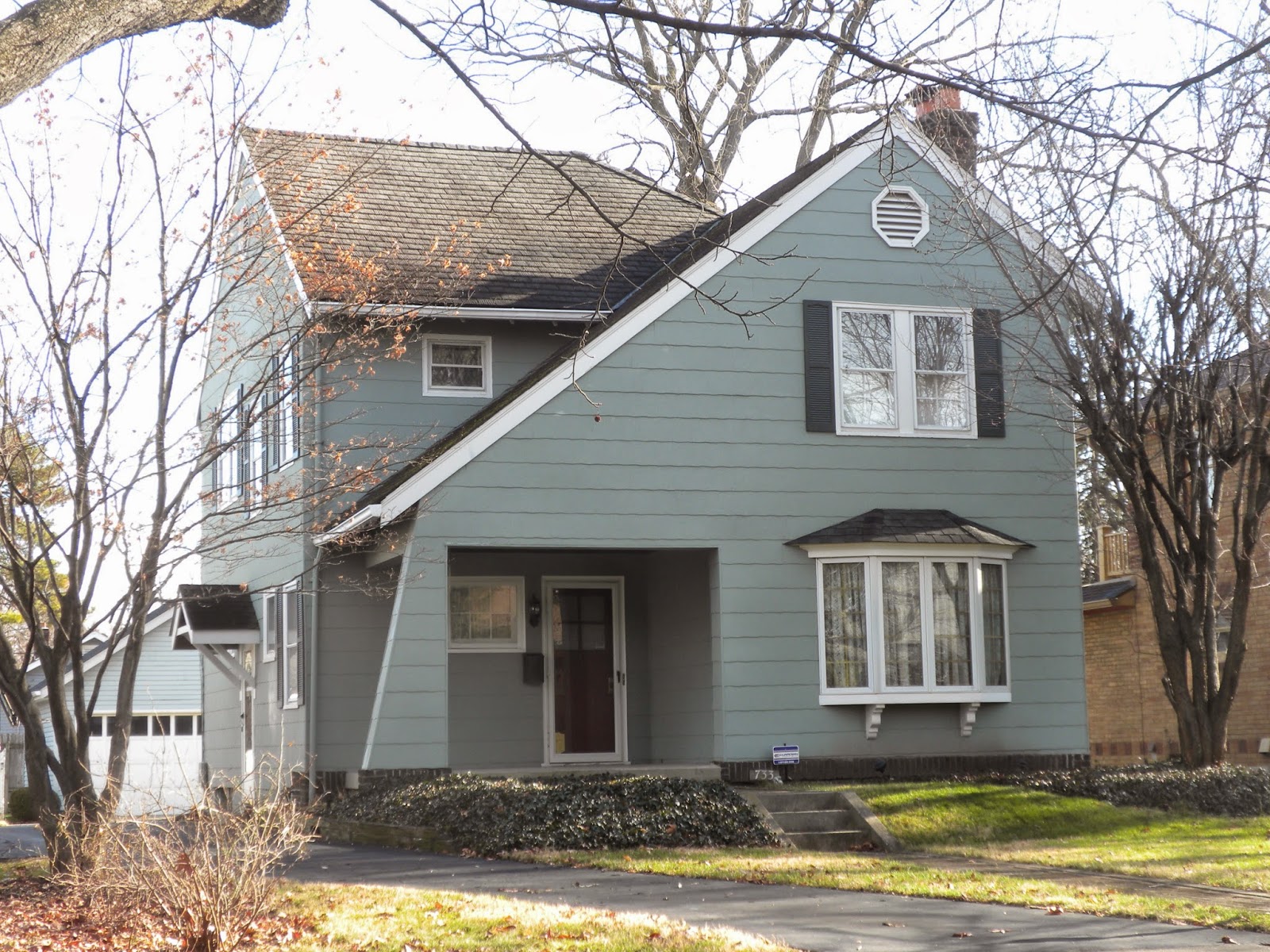
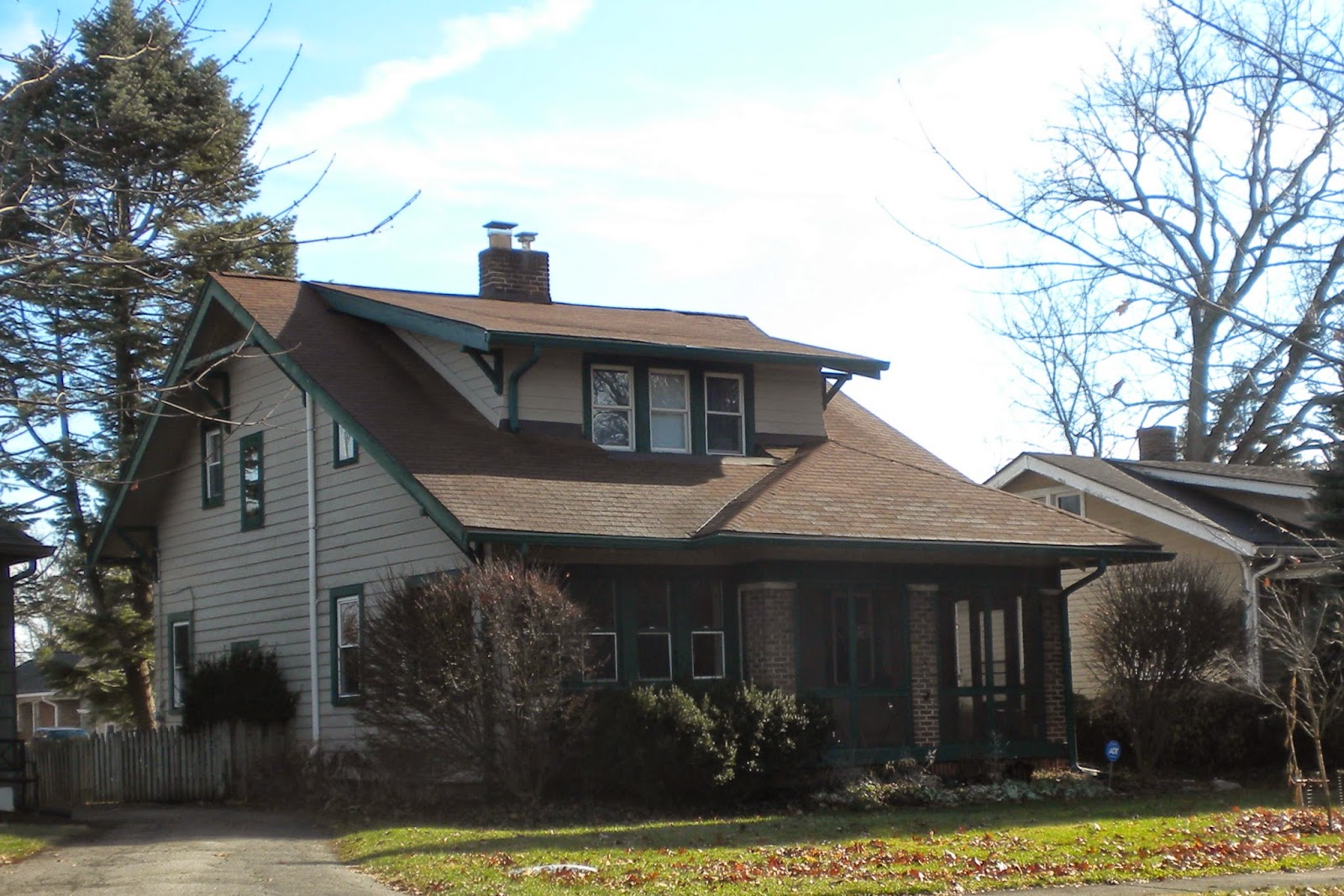











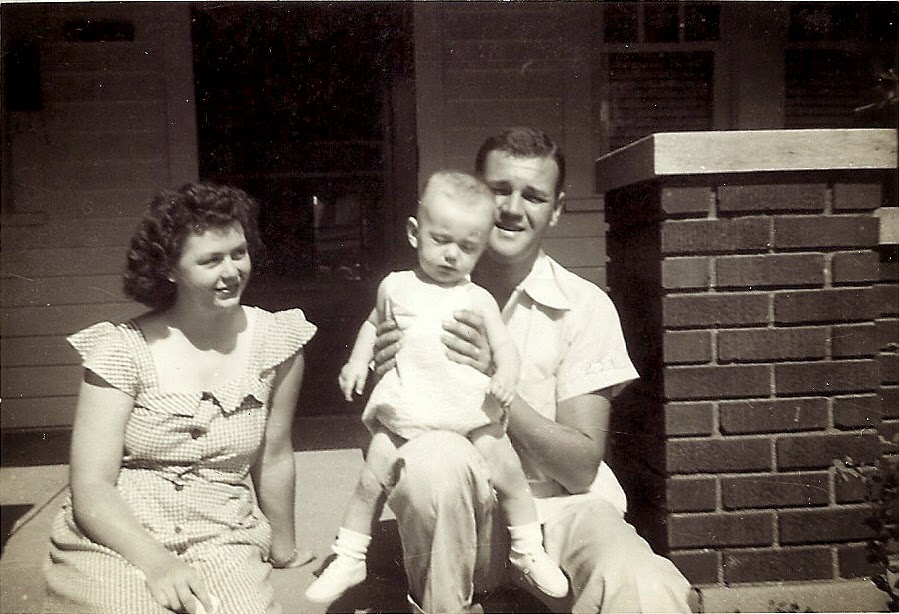
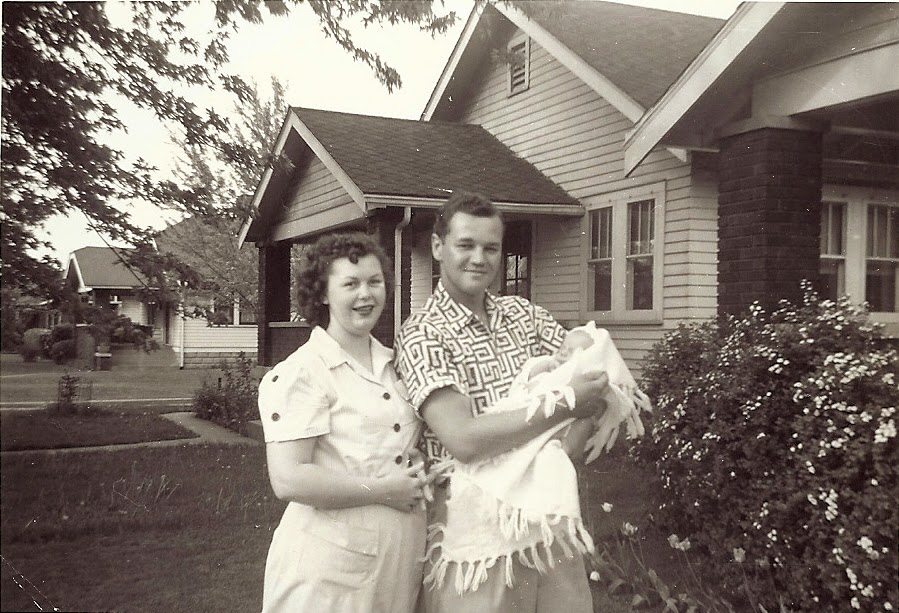
.jpg)


